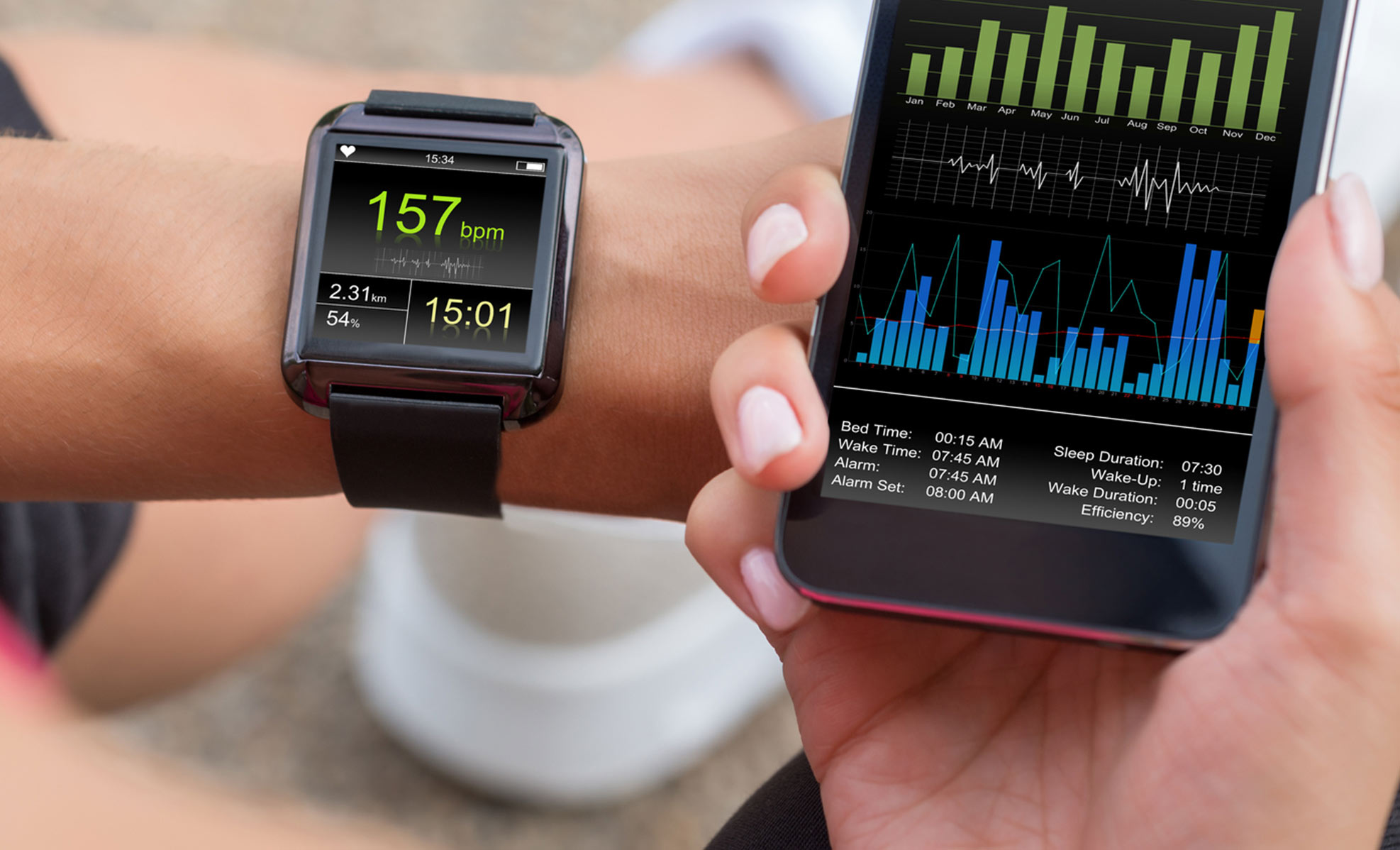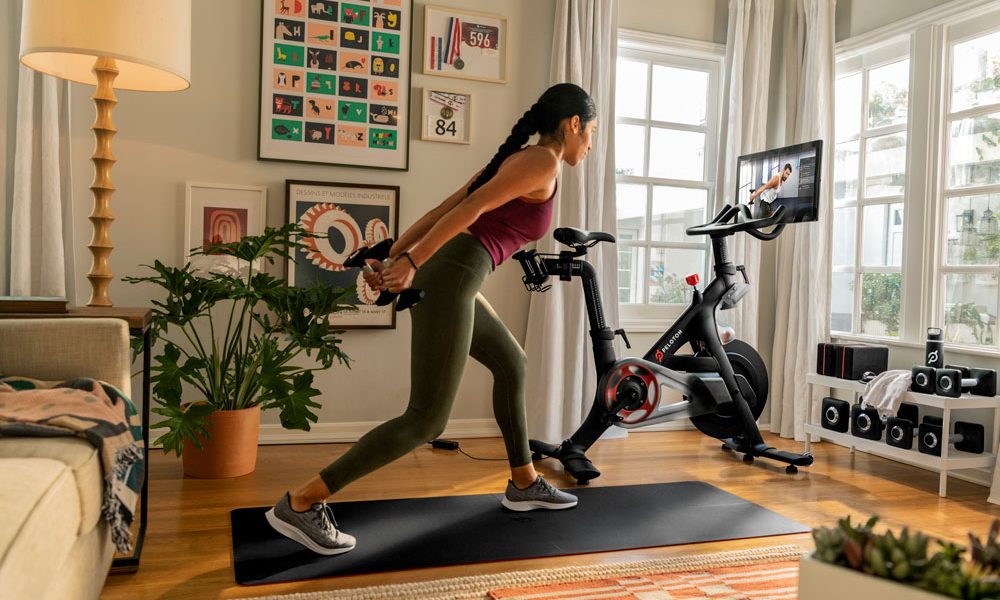Introduction to Wearable Health Tech
The landscape of health and wellness is evolving at an unprecedented pace. As we approach 2025, wearable health tech is not just a trend; it’s becoming an integral part of our daily lives. From smartwatches that monitor heart rates to fitness trackers that analyze sleep patterns, these devices are revolutionizing how we understand and manage our well-being. With the help of artificial intelligence, they provide insights that empower users to take charge of their health like never before.
Imagine being able to track your vital signs in real time or receive alerts about potential health issues before they escalate. The future isn’t just about monitoring; it’s about proactive healthcare where prevention takes center stage. In this blog post, we will explore the advancements in wearable technology and its impact on fitness tracking, vital sign monitoring, and preventive healthcare initiatives. Join us as we dive into this exciting world where innovation meets personal well-being!
Advancements in Fitness Tracking Devices
Fitness tracking devices have come a long way in recent years. The latest models feature advanced sensors that provide unparalleled accuracy in monitoring physical activity and health metrics. These gadgets can now track everything from steps taken to calories burned, heart rate variability, and even sleep patterns.
Artificial intelligence plays a pivotal role in enhancing these devices. By analyzing user data over time, AI algorithms help create personalized fitness plans tailored to individual needs and goals. This means users receive real-time feedback that encourages them to stay motivated.
Many wearables now integrate seamlessly with smartphones for a more comprehensive experience. Users can easily access detailed reports on performance trends while also connecting with friends for social motivation.
Moreover, the introduction of waterproof designs allows enthusiasts to swim without worry. Whether jogging or engaging in high-intensity interval training, today’s fitness trackers adapt effortlessly to various activities.
Monitoring Vital Signs with Smart Watches and Clothing
Smartwatches and smart clothing are changing how we monitor vital signs. These devices now offer real-time data, providing insights into heart rate, blood pressure, and even oxygen levels.
Imagine wearing a shirt that tracks your heart rhythm throughout the day. This technology is increasingly common, seamlessly integrating with our daily routines. It eliminates the need for cumbersome equipment.
With advanced sensors built into these wearables, accuracy has improved significantly. Many users find it empowering to have instant access to their health metrics on their wrist or through fabric.
This capability increases awareness of individual health conditions and encourages proactive management of wellness. Users can easily share this information with healthcare providers for personalized advice.
As artificial intelligence continues to evolve in this space, expect even smarter algorithms that interpret vital sign data more effectively. The future looks promising as we embrace these innovations in everyday life.
The Role of Wearable Health Tech in Preventive Healthcare
Wearable health tech is transforming preventive healthcare by empowering individuals to take control of their well-being. These smart devices provide real-time insights into users’ daily activities and physiological metrics.
By tracking patterns over time, they can help identify potential health issues before they escalate. For example, fluctuations in heart rate or irregular sleep patterns may signal underlying conditions that need attention.
Moreover, wearable technology enables personalized fitness plans tailored to individual needs. This adaptability encourages healthier lifestyles through consistent monitoring and feedback.
Integration with artificial intelligence enhances the predictive capabilities of these devices too. AI algorithms analyze data to suggest proactive measures, such as exercise changes or dietary adjustments.
As people become more engaged with their health journeys, the emphasis shifts from reactive treatment to proactive prevention. Wearable health tech fosters a culture of awareness where early intervention becomes part of everyday life.
Challenges and Concerns Surrounding Wearable Health Tech
Wearable health tech promises a lot, but it also brings several challenges. Privacy remains a significant concern. Users often share sensitive data, raising questions about who can access this information and how securely it’s stored.
Another issue is the accuracy of health monitor devices. While technology has improved drastically, discrepancies still exist between wearable readings and clinical assessments. This can lead to misinterpretation of health conditions.
Battery life is another hurdle. Many devices require frequent charging, which might discourage users from wearing them consistently.
Additionally, there’s the risk of dependency on these gadgets for personal health decisions. Over-reliance may cause anxiety or unnecessary worry about minor fluctuations in vital signs.
Accessibility poses challenges as not everyone can afford high-end wearables that offer advanced features. Ensuring that these technologies reach all demographics remains an ongoing struggle in the industry.
Future of Wearable Health Tech: Predictions for 2025
By 2025, wearable health tech is expected to become even more integrated into our daily lives. Smart devices will evolve, seamlessly connecting with each other and sharing data in real-time. Imagine your fitness tracker communicating directly with your smart fridge to suggest healthier meal options based on your activity levels.
Artificial intelligence will play a pivotal role in this transformation. Health monitor devices will not only track metrics but also analyze trends and provide personalized recommendations tailored to individual needs. This level of customization could revolutionize how we approach fitness and wellness.
Moreover, advancements in biometric sensors will enable wearables to measure vital signs with unprecedented accuracy. New materials for clothing may incorporate these sensors, allowing users to monitor their health without the need for bulky gadgets.
The future looks promising as technology bridges the gap between healthcare and everyday life, making monitoring easier than ever before while encouraging proactive health management.




